Welcome back to our series of Heartland real estate market profiles.
This week, our profile series is taking us to the Buckeye State. We will look at Discovery City, the Arch City, Cap City, the Indie Art Capital, Cowtown, Cbus, and the Biggest Small Town in America — you guessed it, it’s Columbus. OH-IO!
The Biggest Small Town in America
Columbus began life in the early 19th century, when a group of Franklinton landowners gifted two plots of land to the state government to entice it to build a new state capitol nearby. The government took the landowners up on the offer, and the fledgling city — named after Christopher Columbus — was incorporated in 1816.
Without any major river or trail connections to other Ohio cities, Columbus — much like Lexington, Kentucky — never became an industrial or manufacturing icon. Instead, its economy grew organically into a diversified city with a famously small-town feel, renowned for a multitude of contributions to the nation and the world.
During the Civil War, Columbus was a significant base of operations for the Union Army; in 1870, the Ohio Agricultural and Mechanical College was founded as the state’s land-grant university; in the late 19th century, Columbus earned the nickname “Buggy Capital of the World” for the metro’s two dozen buggy factories.
Columbus’s economic diversity served it well through both the Great Depression and the 2008 Recession; while both dealt a blow to the metro’s economy, Columbus recovered more quickly and comprehensively than most U.S. cities due to its steadfast economic structure.
In 2021, Columbus is a thriving metropolis that plays host to a number of large firms and recognizable brands. The Ohio State University (OSU), the state capitol, and six Fortune 500 companies (Cardinal Health, American Electric Power, L Brands, Nationwide, Alliance Data, and Huntington Bancshares) are headquartered in town.
OSU is the city’s largest employer, but hospitals (Wexner Medical Center and Nationwide Children’s Hospital), tech research and development, manufacturing, and financial services (JP Morgan and Huntington) also comprise large sectors.
An assortment of food, retail, and other brands including Wendy’s, White Castle, Big Lots, L Brands, Abercrombie & Fitch, and DSW rounds out the list of big names.
Rest assured, Columbus’s resilient economy and formidable growth rate have created a promising environment for real estate investors.
Opportunities and Risks
Mighty economy
As we’ve already established, Columbus’s economy is large and diversified:
- It’s anchored by dependable mainstays like Meds and Eds, including OSU but also satellite campuses, teaching hospitals, and other colleges and universities; especially as large public universities consolidate market share from smaller institutions, economic anchors like OSU should continue to grow.
- The market includes a litany of recognizable brands that have proven staying power, and should weather economic turmoil well.
- Columbus is bolstered by upside potential in the form of research, science, and technology like Battelle Memorial Institute.
- It is protected in a rapidly-evolving world by a major presence of logistics and professional services.

Cap City’s resilience was on full display when the economic fallout of the COVID-19 pandemic struck. While some sectors, especially leisure and hospitality, endured predictable declines, some sectors — staggeringly — actually managed to expand between March 2020 and March 2021.
For the transportation and logistics sector in particular, this is no surprise: America ran on e-commerce for much of 2020, and Columbus’s incredibly central location — within a 10-hour drive of nearly half the nation’s population — positions it to maintain its status as a trade hub.
Manufacturing, trade and logistics, and finance didn’t expand enough to offset the full weight of the recession, but Columbus’s employment numbers recovered from the initial loss with breathtaking zeal — beating most of the rest of the country by a substantial margin.

Over a longer time horizon, Columbus has demonstrated both impressive expansionary potential and remarkable staying power:
- Between 2010 and 2017, more than 164,000 jobs were created in the metro area
- GDP growth has also remained strong and steady since the end of the recession
- Post-2008 recession Columbus saw a significant population bump, and the MSA’s population has continued to grow annually since — and nearly 14% over the last decade
Columbus’s expansion and endurance have created a potent economic growth environment that has provided an optimal foundation for real estate investors in recent years, and there could be plenty more room to run.
The real estate market is tight, with lots of upside potential
Let’s start with some bite-sized stats:
- In 2019, less than 45% of housing units were owner-occupied
- As of July 1, 2020, the multifamily vacancy rate was 4.8%, versus 9.5% in 2010. Wow!
- 2019 rent as a proportion of income in the metro area was 17.23%, as opposed to 16.64% statewide and 20.03% nationwide (ACS)
- The price-to-rent ratio for the metro area is 13.76
As you can see from the data below, rent has, historically, been fairly affordable in Columbus.

While median rent does exceed the statewide median by a significant margin, Ohio is still a much more affordable state than most coastal alternatives, and Columbus is one of the cheapest major U.S. cities for renters.
Rent in the city has been trending upward for some time, and apartment availability is tight — which the HUD attributed in 2020 to increasing numbers of prospective renters and limited new construction.
For investors who already own buildings in town, upward-trending rent is a time-tested means by which to capture returns from accelerating demand in a growing economy that continues to create jobs and attract new residents.
For investors looking to break into the market, tightening conditions could inflate valuations or generate bidding wars; on the other hand, more aggressive investors may be able to generate strong returns on new construction — especially given the favorable lending environment and ease of expansion due to a development-friendly topography.
Most importantly, Columbus’s rental environment offers significant upside potential, in the form of a finding by the 2020 Comprehensive Housing Market Report from the HUD that “Rental housing in the Columbus HMA is generally affordable and has gradually become more affordable since 2011 . . . This is primarily because the median income of renters has risen faster than median gross rent in all years since 2010 except one.”

In other words, income in the metro area has increased more quickly than rent, making apartments comparatively more affordable over time. This fact, combined with increasing demand and tightening supply, could create an opportunity for property owners to earn outsized returns on workforce housing: the metro area’s median income could absorb a meaningful rent increase without sacrificing the market’s trademark affordability.
Where does this leave multifamily investors in 2020?
Columbus offers significant opportunity, but there’s a few trends to watch
As has been the case for most major US metros, suburbanization and increasing demand for single-family homes have been ubiquitous through the pandemic. Columbus has not bucked the trend.
Tightening multifamily demand could be partly attributable to a hot single-family market, but realistically, that sword cuts both ways. Columbus’s significant population growth — averaging 50 new residents every day during 2019 — should continue to create a reliable influx of prospective homeowners and renters.
Accelerated demand in either sector could influence prices in the other sector, as the near-total inelasticity of aggregate demand for housing requires the market to price in increases in any form — but rising costs present a set of risks and opportunities for single-family and multifamily investors.
Because of that reality, from a housing policy perspective, Columbus might benefit considerably from new construction — which is an opportunity some investors may wish to capitalize on.
However, for investors who’d prefer to break into the market by acquiring existing buildings, Columbus poses a different problem. Artificially low rents as a fraction of median income, tightening demand, and low vacancy might create a tsunami of cap rate compression and lofty valuations.
For those who already own buildings, the hold/sell decision is often a marginal one; on the other side of the coin, those looking to buy may find that today’s favorable lending terms are insufficient to outweigh the risks associated with buying assets at inflated prices. Increasing rent could offset the additional expenditure, but conservative investors will prefer to break even as rents track inflation, and think about further increases as upside, not integral components of the business model.
Concluding Thoughts
Columbus is one of the faster-growing, more-reliable markets we’ve analyzed in this content series. However, its growth has been stable for a decade and the economy is too diversified to take a trip to the moon - or the abyss - on the back of any single sector.
Among other implications, that means — once investors are in the Columbus market — risk is probably fairly minimal. A diverse economy that’s never suffered a catastrophic reinvention and continues to add value like clockwork offers investors reassuring stability, and the growth rate and geographic centrality present compelling upside.
There’s not a lot of opportunity for wild bets that could earn aggressive investors outsized returns contingent on economic recovery, or the continued growth of a few downtown blocks, but this large and diversified machine has a lot going for it. On the other hand, as has been the case in a few of the stabler economies we’ve profiled in this series, the sheer predictability of the market could compress investors' margins to capture value and materialize large returns.
Investors should be wary of oversupply in this market, as the level of development activity to match growing demand embeds some level of speculation. However, if Columbus’s well-oiled economic engine continues the course it’s charted over the past decade, Columbus-area real estate investors should be well-positioned to earn compelling returns.


